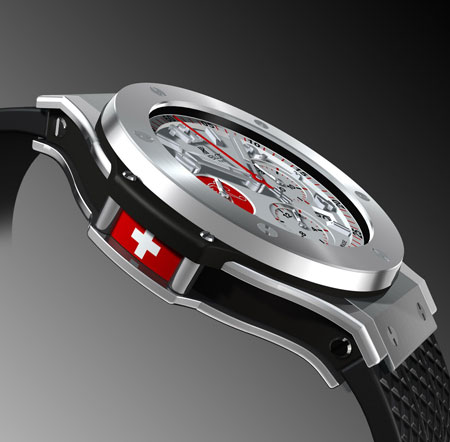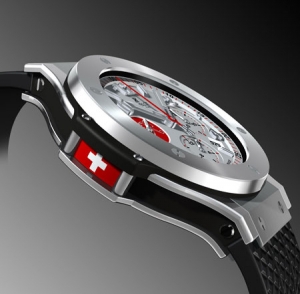“We prefer products from stereotypical countries”
We tend to stereotype products based on their country of origin. This effect is specific to a product category, and particularly relevant for brands with a weak country of origin (e.g. countries that we stereotype as producing low quality goods). Especially quality perception is vulnerable to the Country of Origin-effect and the effect is higher when we’re a novice in the market.
For example – Germany is typically known for building good cars, whereas the French produce the best wine, the Swiss the best watches, and the Japanese are known for good TV sets.
One way to counter our country of origin stereotyping bias is to encourage us to use our imaginations in positive ways.
Scientific research example:
Imagine you intend to buy a digital camera. Would you prefer a German camera or the exact same camera made in Poland? Professor Brett Martin (2011) found that the German camera receives much higher evaluations and purchase intentions than the Polish one because we tend to stereotype German products as being of good quality (and Polish ones as poor quality).
However, Martin also found that providing counter evidence, or make someone imagine a counter stereotype experience, helps to mitigate negative country of origin perceptions.
Online Persuasion tips:
[checklist]
- First analyze whether your country-of-origin is advantageous of disadvantageous
[/checklist]
When advantageous:
[checklist]
- Subtly remind your customers of your country of origin (e.g. by mentioning, using country specific icons, colors, etc.)
- Co-brand with other country stereotypes (icons, brands, products,…)
[/checklist]
When disadvantageous:
[checklist]
- Try to sell your product through retailers that originate from a ‘positive country of origin’
- And either avoided or minimally mention your country of origin, or
- Activate counter stereotypical associations. For example, by advertising product attributes that replace preconceived country notions, display counter stereotyped ratings and reviews
[/checklist]
Further Reading on the Country-of-Origin Effect:
- Peterson, Robert A. and Alain J. P. Jolibert (1995), “A Meta-Analysis of Country-of-Origin Effects,” Journal of International Business Studies, 26 (4), 883-900.
- Terence A. Shimp, Saeed Samiee, and Subhash Sharma (2001) ,”The Country-Of-Origin Effect and Brand Origin Knowledge: How Little Consumers Know and How Important Knowledge Is”, in E – European Advances in Consumer Research Volume 5, eds. Andrea Groeppel-Klien and Frank-Rudolf Esch, Provo, UT : Association for Consumer Research, Pages: 325-326.
- Balabanis & Diamantopoulos. Academy of Marketing Science. Journal; Winter (2004); Vol 32, 1; “Domestic Country Bias, Country-of-Origin Effects, and Consumer Ethnocentrism”.
- Martin, Shyue Wai Lee & Lacey, Journal of Consumer Behaviour, Vol. 10: 80–92 (2011). “Countering negative country of origin effects using imagery processing”.
- Alexander Josiassen & Anne-Wil Harzing (2008), “Descending from the ivory tower: Reflections on the relevance and future of Country-of-Origin Research”.


